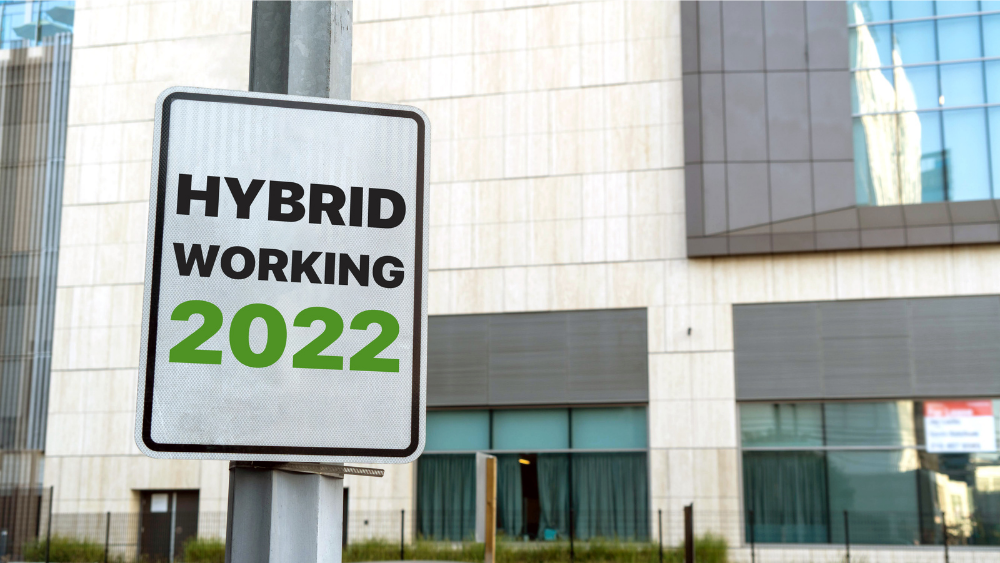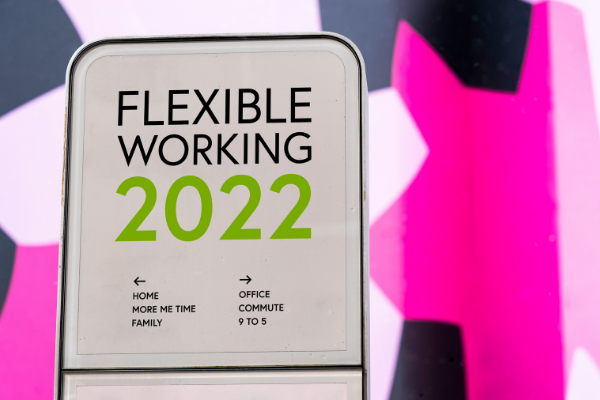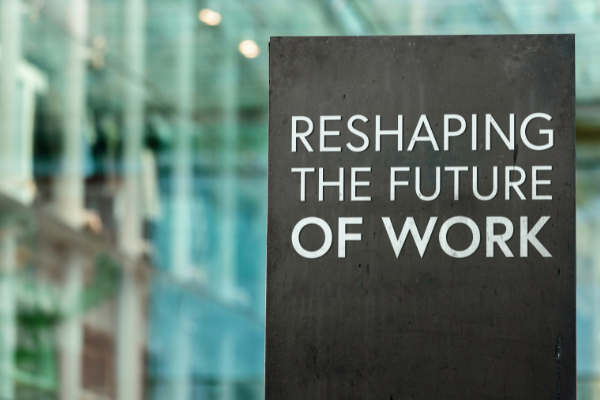Insights
INSIGHTS
All Topics
Hybrid working: overcoming the downsides
03 Nov 2021by Joe Lepper
In this latest part of our series on hybrid working, we look at some of the potential challenges of sharing time between home and the office, and how these can be overcome
Hybrid working arrangements, where staff work both at home and in the office when required, are increasing in popularity among charities.
While home working was a necessity for social distancing reasons amid the pandemic, it is now forming part of new flexible arrangements as we emerge from it, much to the delight of the employees who called for such a shift.
Among the latest to make the move is care charity Community Integrated Care (CIC). It has announced that 300 head office and support function staff can condense their normal working hours into four days and have more choice over where they work.
Home working will be combined with limited time in the office, mainly for meetings and training, according to the new arrangements announced by CIC. A survey of staff at the charity found that 81% expressed a desire to reduce the number of days in the office post-pandemic.
But while charity workers back hybrid arrangements, there are still challenges they face working from home.
Here, we look at some of the downsides of hybrid and home working and crucially how they can be overcome, so that staff are happy, healthy and productive, wherever they work.
Loneliness and emotional wellbeing
Social isolation is one of the major obstacles that charity workers have had to tackle while working from home.
For years they have been used to chatting to colleagues, across desks, in canteens, while walking or commuting to work and when making a cup of tea in the staff kitchen.
Working at home without this camaraderie can be daunting but it is a downside that can be overcome.
The good way to do this is to use technology so that charity workers can still contact each other throughout the day.
Through work collaboration tools such as Slack and Microsoft Teams employers can create daily threads and forums where workers can chat. This need not be specific to the job. It is important that ‘water cooler’ discussions can still take place, albeit virtually.
Perhaps organise quizzes each day to foster collaboration and togetherness among staff.
Such a focus on using technology for discussions and chatting can also improve team building, especially between those in the office and those at home. This also helps iron out any potential conflict between those working at home, and those who are unable to do so due to the nature of their job.
In addition, as we discussed in a recent article about hybrid working, owning a pet can significantly help combat social isolation among home workers.
Lack of structure, long hours and burnout
When working in an office, staff dress appropriately, have a firm time when they start and finish, as well as when they take breaks.
However tempting it may be, home working charity workers are advised not to start work in their pyjamas. Their journey to work maybe from bedroom to spare room or kitchen table, but it is still work. Dressing appropriately will help workers with their productivity and help separate home life and work.
Hybrid workers need to create their own structure, with set times for work. This structure helps avoid working long hours.
If a working day finishes at 5pm, then home workers should finish then and not be tempted to look at emails, texts, or work collaboration threads. These can wait until the next day when back at work. Those that don’t take steps to create a working structure at home and avoid long hours risk mental health problems.
Burnout is another risk. This is when chronic workplace stress is not properly managed and is typified by exhaustion, mental distance from the job, and feelings of cynicism.
Addressing lack of space
Getting the right equipment for hybrid workers is vital. Investing in a proper desk, computer, software and internet connectivity is crucial to workers’ productivity and wellbeing while working. Responsible employers will supply or meet the costs of much of this equipment.
But one challenge that workers will have to work out themselves is finding the space for work, so that it can be separated from home life.
A good solution is a standing desk, which can cost between £100 and £500. These minimise space, improve workers’ health by helping circulation and help avoid back pain.
A fold-up desk may be another solution, that can be packed away easily with work equipment at the end of the day.
Not having IT support at hand
Hybrid workers rely on technology much more than their office-based colleagues. This presents the double challenge of having to learn new software and hardware, with less IT support at hand.
This can be frustrating and lead to some unsavoury words being uttered at computers that simply won’t do as they are told.
There is a raft of measures that can put in place to help. The simple one is for managers and office-based IT support to be approachable and contactable.
One quick solution is for an IT manager to make short videos, using Loom for example, showing how software works and to troubleshoot any issues. With work collaboration tools IT support should be at hand. No charity should expect their home-based workers to tackle technology issues on their own.
Charities can also advise on overcoming connectivity problems and help with issues such as upgrading internet broadband packages, upgrading routers or using an ethernet cable to create a faster, more reliable connection.
Joe Lepper
More on this topic
Related Content
Recommended Products
04 Jan 2025by Aidan Paterson
The best bank accounts for charities
03 Jan 2025by Ioan Marc Jones
A guide to mental health awareness
03 Jan 2025by Ioan Marc Jones
Climate change facts you need to know in 2025
03 Jan 2025by Ioan Marc Jones
An A-Z glossary of climate change terms and definitions
Our Events
Charity Digital Academy
Our courses aim, in just three hours, to enhance soft skills and hard skills, boost your knowledge of finance and artificial intelligence, and supercharge your digital capabilities. Check out some of the incredible options by clicking here.






















